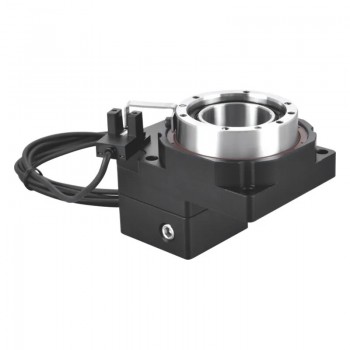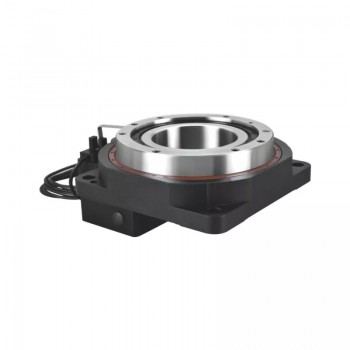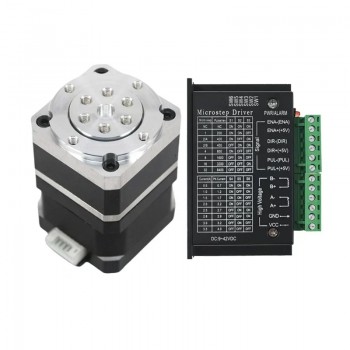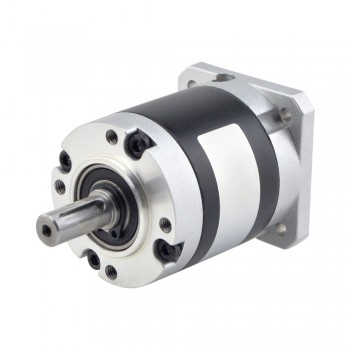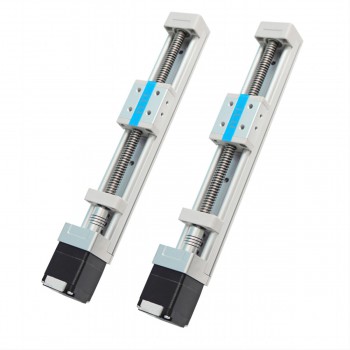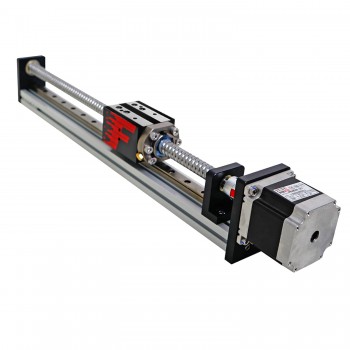1.Brief of variable reluctance stepper motor
A Variable Reluctance stepper motor is a type of motor that rotates in precise angular steps by aligning a soft iron rotor with a rotating magnetic field generated by the stator. Unlike other stepper motors, VR motors have a soft iron rotor without permanent magnets and operate by seeking the path of least magnetic resistance (reluctance). Sequential energization of the stator phases creates a rotating magnetic field that the rotor follows, moving in distinct, repeatable steps with each pulse of current.

2.Working principle of variable reluctance stepper motor
1.Soft Iron Rotor: The rotor is made of a ferromagnetic material (soft iron) with salient teeth but contains no permanent magnets.
2.Stator Windings: The stator has wound coils that are energized in a specific sequence.
3.Magnetic Field: When a stator phase is energized, it creates a magnetic pole.
4.Minimizing Reluctance: The rotor’s teeth are attracted to the energized stator poles because this alignment provides the path of least magnetic reluctance (resistance) through the magnetic circuit.
5.Step-by-Step Movement: By sequentially switching the current to different stator phases, a rotating magnetic field is produced, causing the rotor to follow and align itself in small, precise angular increments.
3.Selection tips of variable reluctance stepper motor
1.Torque selection: Choose the right motor model according to the required torque size (i.e. the torque size of the object to be driven). Generally speaking, if the torque is below 0.8N.m, you can choose 20, 28, 35, 39, 42 (the diameter or squareness of the motor body, unit: mm); if the torque is around 1N.m, it is more appropriate to choose a 57 motor; if the torque is several N.m or more, you should choose a stepper motor with specifications such as 86, 110, 130, etc.
2.Speed selection: The output torque of the motor is inversely proportional to the speed. At low speed, the output torque of the motor is large; while at high speed, the torque will decrease. Choose the right motor according to the needs of the working environment. If a high-speed motor is required, a motor with a slightly smaller inductance should be selected to obtain a larger output torque.
3.No-load starting frequency selection: The no-load starting frequency of the stepper motor is an important indicator, especially in applications that require instantaneous frequent starting and stopping. If you need to start directly to achieve high-speed operation, you should choose a motor with a higher no-load starting frequency, such as a reactive or permanent magnet motor.
4.Phase number selection: Motors with different phase numbers have different working effects. The more phases, the smaller the step angle can be made, and the vibration during operation is relatively smaller. In most occasions, two-phase motors are used more. However, in high-speed and high-torque working environments, three-phase stepper motors are more practical.
5.Use environment: Select according to the use environment of the motor. For example, special stepper motors that are waterproof and oil-proof are suitable for some special occasions, such as underwater robots, etc.
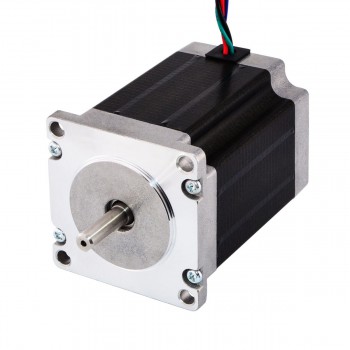
4.Maintenance tips of variable reluctance stepper motor
1.Environmental Maintenance:Dust, moisture, and debris can cause bearing wear and electrical faults. Regularly clean the motor casing and its surroundings, especially in industrial environments.For harsh environments, use protective covers or consider IP-rated stepper motors designed for rugged use.
2.Electrical Maintenance:Correctly configure the stepper driver’s current, voltage, and step frequency to the specific motor model. Regularly check the operating temperature and ensure it remains below the motor’s rated thermal limit to protect internal components. Utilize the stepper drive’s feature to reduce current when the motor is not moving, which can help decrease heat.
3.Mechanical Maintenance (If Applicable):While many VR motors are maintenance-free, check the manufacturer’s recommendations. Some may require occasional lubrication of bearings or external linear components. Look for signs of wear on bearings, which can cause increased resistance and stalling. Also, check for other internal issues like winding short circuits or rotor eccentricity.
4.Wiring Best Practices:Ensure all wiring adheres to the motor and driver’s specific wiring diagrams.Keep high-voltage power cables separate from low-voltage and control wiring to prevent electrical interference.Employ shielded cables for power wiring and ground them properly to the enclosure to reduce noise.
